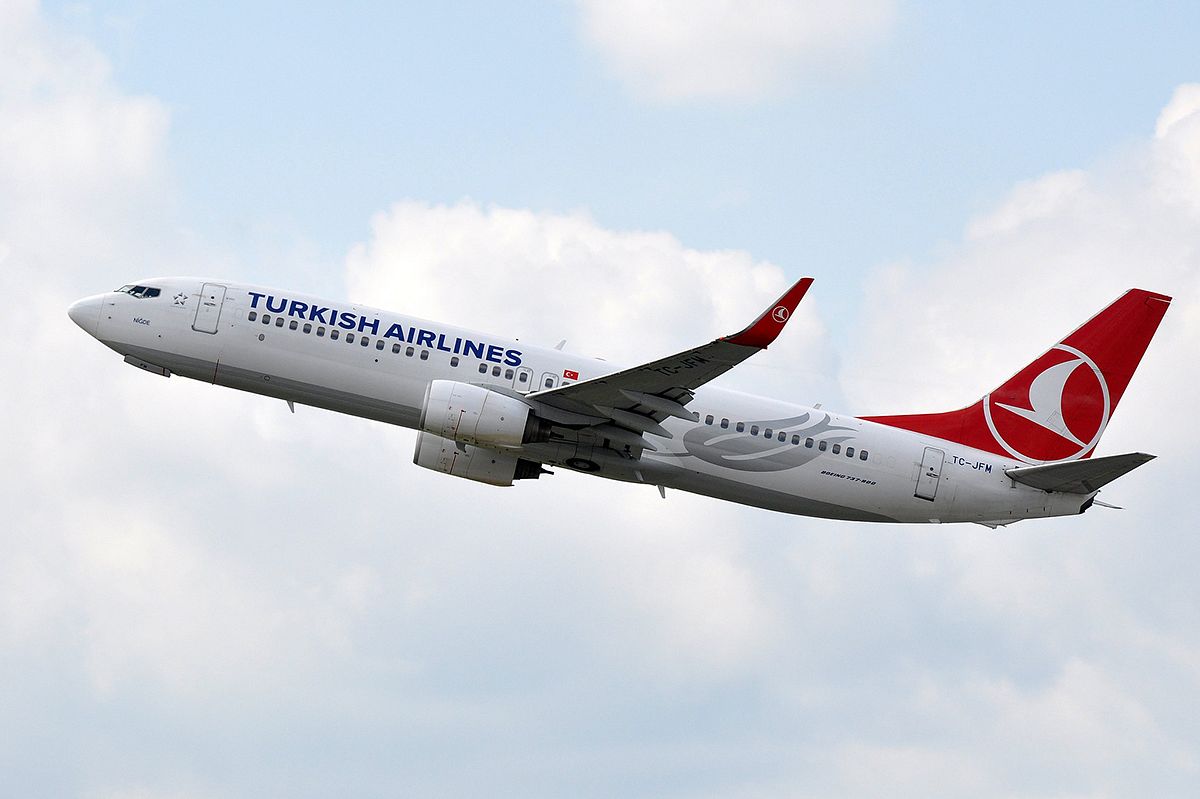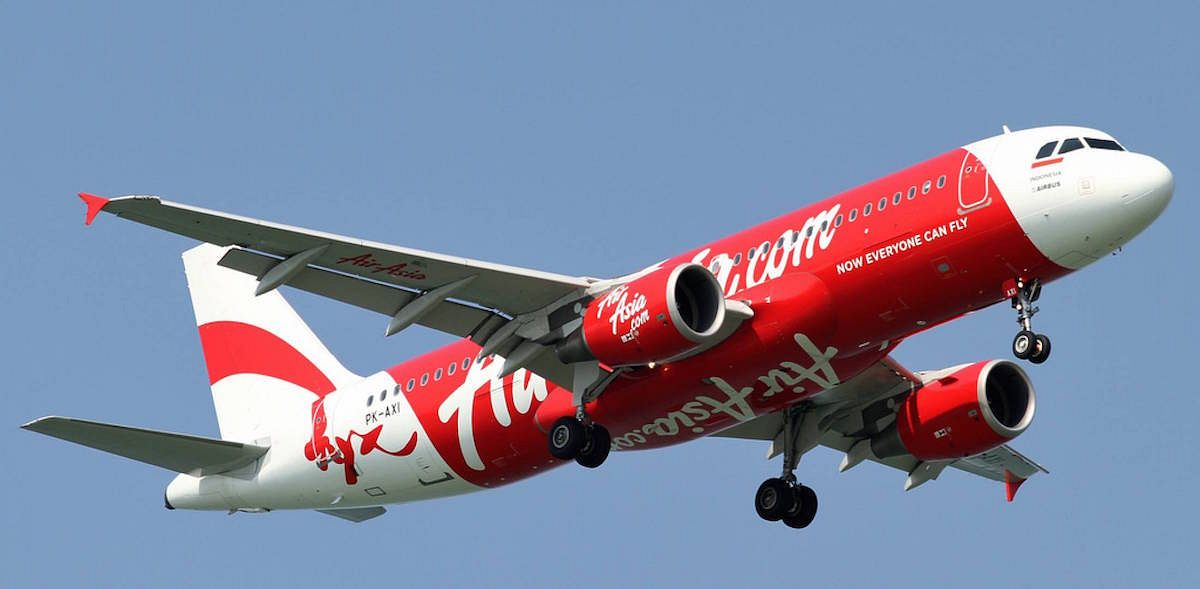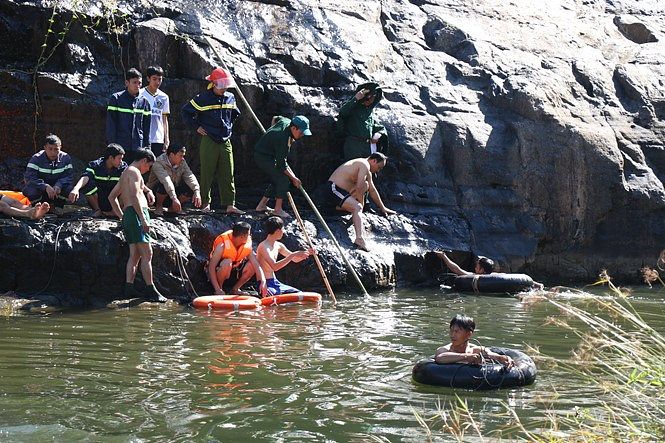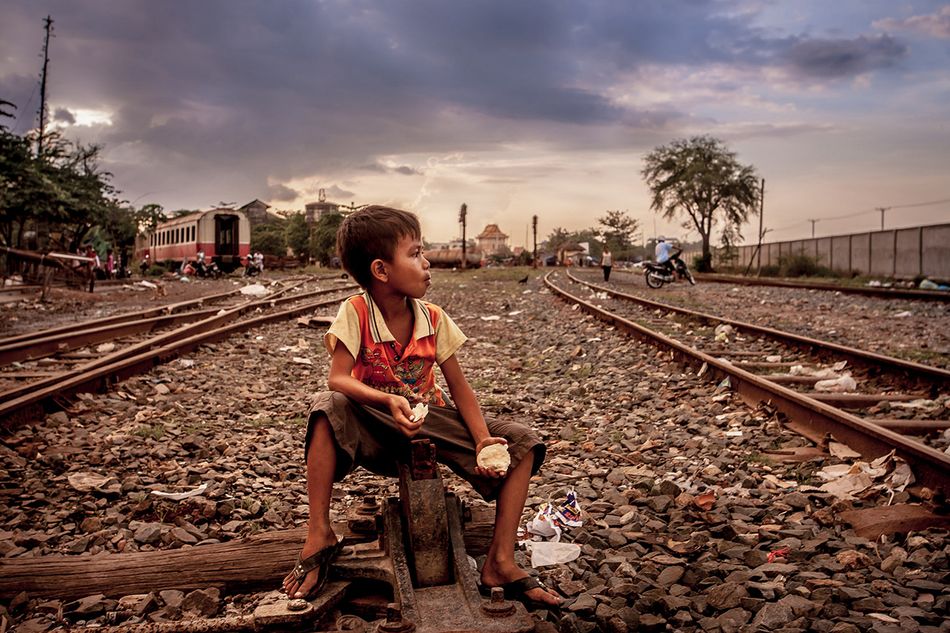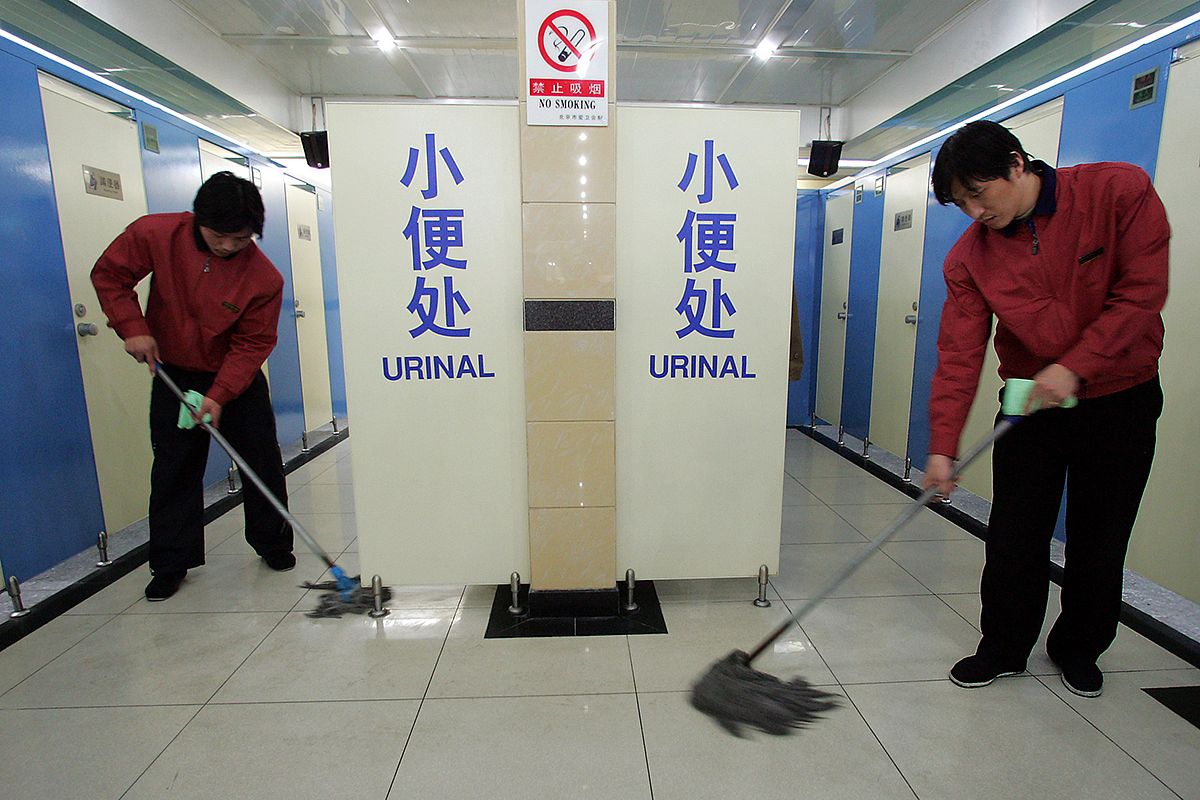“Hmmm…very interesting,” our new Myanmar friend muttered to herself, eyebrows arched, as she reached out to stroke Matt’s hirsute American arm.
A glance around the carriage confirmed that our dark arm hair was at least unusual on this particular train, though that didn’t make her casual introduction any less startling.
We crossed paths with this handsy stranger aboard the Yangon Circular Railway, a 46-kilometer commuter rail line that does a lazy loop around Myanmar’s most populous city. There are many semi-effective transit options in downtown Yangon, but the Circular Railway isn’t one of them. To get around downtown, you’re better off taking one of the brightly colored, mid-century Japanese buses that careen through traffic, belching exhaust as passengers dangle from the windows. You might negotiate a price for an unmetered taxi. You could – despite the roving packs of stray dogs, chaotic traffic and dubious sidewalk stability – walk. But taking the train probably isn’t the most viable option.

Taking in a turn on the Yangon Circle Line.
Running north from the heart of downtown, Yangon’s Circular Railway abuts some of the city's most iconic destinations, like Bogyoke Aung San Market and the central soccer stadium. From Yangon Central, 21 more or less hourly departures – some on trains with recently gifted Japanese Rail engines and carriages – operate in both directions around the track, which was laid during the British colonial administration.
According to a study by the University of Tokyo, an estimated 48 million passengers ride the Circular Railway each year on trains that max out around 24 kilometers an hour. These trips – only slightly quicker than walking – are most often made by vegetable sellers like our new arm-scratching friend, teenagers enjoying the affordable entertainment, and the occasional sweaty tourist trying to dodge local flora flapping in the open window as the train rumbles along.
Riding the Circular Railway is like going to a street food market or a county fair on wheels. Rusty ceiling fans twirl lazily overhead. Vendors pace up and down the aisle of each car selling spicy fresh mango, fried pockets of tofu, or bags of hard-boiled quail eggs from trays balanced on their heads. As the train plods further out of the city, these hawkers hop on and off with their baskets of waxy Shan potatoes or freshly fried samosas in tow.

A farmer's market sets up on the tracks at Danyingyon Station's northwest corner on the Yangon Circle Line.
However change is in store for the Circular Railway in the coming years. Myanmar Railways, which operates the route in addition to the national rail system, has subsidized ticket prices for decades to make the train accessible to its primary ridership, operating the entire system at a perpetual loss as a result. The city has called for “expressions of interest” from outside development entities on at least two occasions in the last five years, only to find the responses so dissatisfying as to halt momentum in each case. Given the fickle regulatory environment and unstable political history, it’s no wonder bigger development players are hesitant to get some skin in the game in Yangon.
The Japanese International Cooperation Association (JICA) has been one of the longest-standing development and urban planning interests in the country. In 2014, the organization put forth one of the only comprehensive master plans yet for the future of Yangon. The plan includes utilizing the existing Circular Railway infrastructure as the basis for an improved and more comprehensive rail and bus network in the Yangon metro area.

A railroad worker rests in the shade of a Myanmar Rails car in Yangon Central Station.
The same development push that is slowly changing riders’ experiences on the Circular Railway is also affecting the state of rail throughout the rest of Myanmar, though you’d be forgiven for not noticing. Much of the effort to revive Myanmar’s flagging rail system has been concentrated in the country’s primary economic engine around Yangon, while the rest has languished since the track was first laid by the British in the late 19th and early 20th centuries. Despite bureaucratic and financial obstacles, Myanmar Railways has steadily added over 200 locomotives to the system in the last 15 years, effectively doubling the number of trains operating nationwide.
In 2000, Myanmar was so strapped for cash that the government traded rice with India in exchange for used train cars to add to the regional network. Among government officials, attention to the regional rail system has largely continued to stagnate since then. While speaking before Myanmar’s parliament earlier this month, Minister for Transport and Communications U Thant Sin Maung dismissed any notion that the government has imminent plans to upgrade the country’s train lines, stating that he “cannot do everything in this government’s five-year term”.
But a show of financial interest from East Asia in the past three years indicates a brighter future for Myanmar’s railways. Projects on the boards include a US$2.2 billion overhaul of the Yangon-Mandalay route led by JICA. As Myanmar’s doors open to investment, progressively more modern rail options are arriving for a system in desperate need of an update.

The engine car of our Myanmar Rails train, en route to Nyaung Shwe.
We had planned to observe the state of the rails aboard the Yangon-Bagan sleeper, but an earthquake near Bagan caused us to reconsider the safety of the tracks in the west. We instead traveled by bus first to Thazi, a middle-of-nowhere crossroads where the Yangon-Mandalay railroad diverges toward Shan State to the east, and boarded a train bound for Shwenyaung, the depot near Inle Lake.
Our bus to Thazi from Mandalay featured no shortage of entertainment: karaoke songs and their accompanying videos, which mostly featured farmers lamenting the loss of prized cows. A toddler stood backward on his seat and stuck his tongue out in our direction until the gentle swaying of the bus rocked him to sleep.
A three-hour nap and one unexpected horse cart ride later, we arrived at the station in Thazi. A throng of travelers had already gathered in anticipation of the train’s 4:55am departure, mixing among the sleepy vendors of an early morning trackside vegetable market. We were aided in the purchase of our handwritten 3,000-kyat tickets by the surprisingly chipper station attendant. Though we’d been warned not to expect an on-time departure, the train was perfectly punctual.

A fellow passenger on the regional rail to Nyaung Shwe, high in the mountains near Zit Zat Reverse, enjoying sunflower seeds and the view.
Soon, we were rocking between rails that have experienced significant differential settlement over nearly a century. Other than what land can be leased as income-earning retail property along the line, little attention is allocated to the maintenance of the area surrounding the rails. Vegetation whipped in from the darkness to smack us in the face as we rode along. Across the aisle, a fellow passenger snoozed in the morning sunlight, a hard bamboo hat resting atop his face for protection.
Temperatures dropped as the elevation rose. The train from Thazi climbs over 1,800 meters as it traverses the mountains between central Myanmar’s plains and Shan State. Our rotating cast of carriage mates included rosy-cheeked toddlers, betel-chewing mothers and newspaper-reading elderly gentlemen, all equally as captivated by the views as we were. The thick palm jungle gave way to deciduous highlands. Twice our train slowed in order to switchback up steep hills, stopping for just a moment at the best-named station of the whole trip: Zit Zat Reverse. Overlooking terraced rice fields and miniscule hamlets, the views were breathtaking – not least for the gut-dropping way the ground seemed to disappear from under the tracks. The scenery and company more than made up for the chiropractic adjustment we experienced as the train rattled uphill.
We passed through Kalaw, with our final destination, Inle Lake, just around the bend. We had been cautioned against taking the train, but rather than being tiresome and uncomfortable, the experience allowed us to travel alongside a unique slice of Myanmar’s population through the country’s varied environments. “Very interesting,” indeed.

From the open train window into a valley in the mountains of Shan State, eastern Myanmar.
Meg Tobin and Matthew Cook are the co-creators of COOK + CHEF, a website dedicated to eating, cooking, and traveling in the world's in-between spots. By day, Meg studies international law and Matthew works as an architect. If they aren't photographing or writing about Chinese food, odds are they're eating it.


